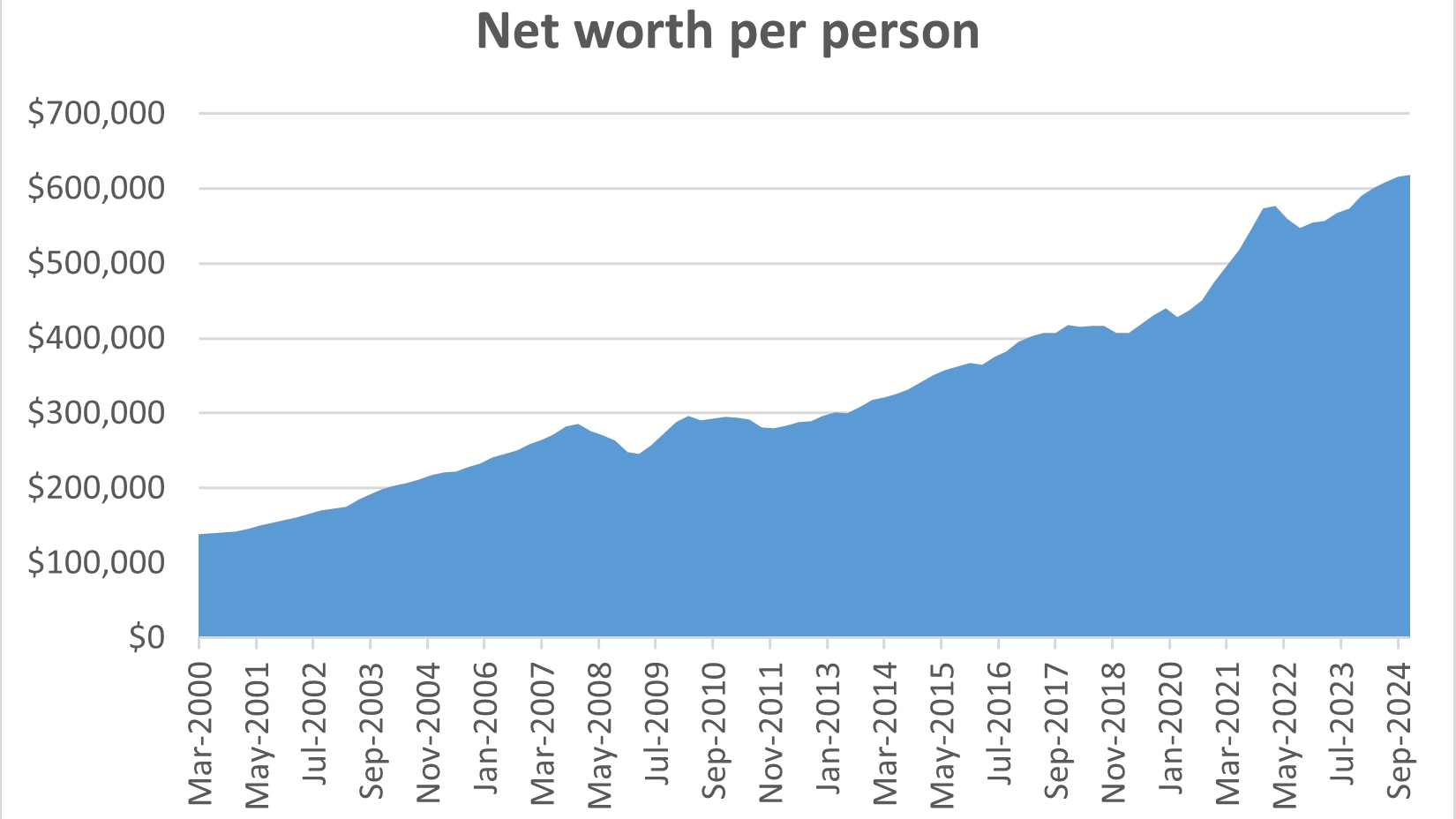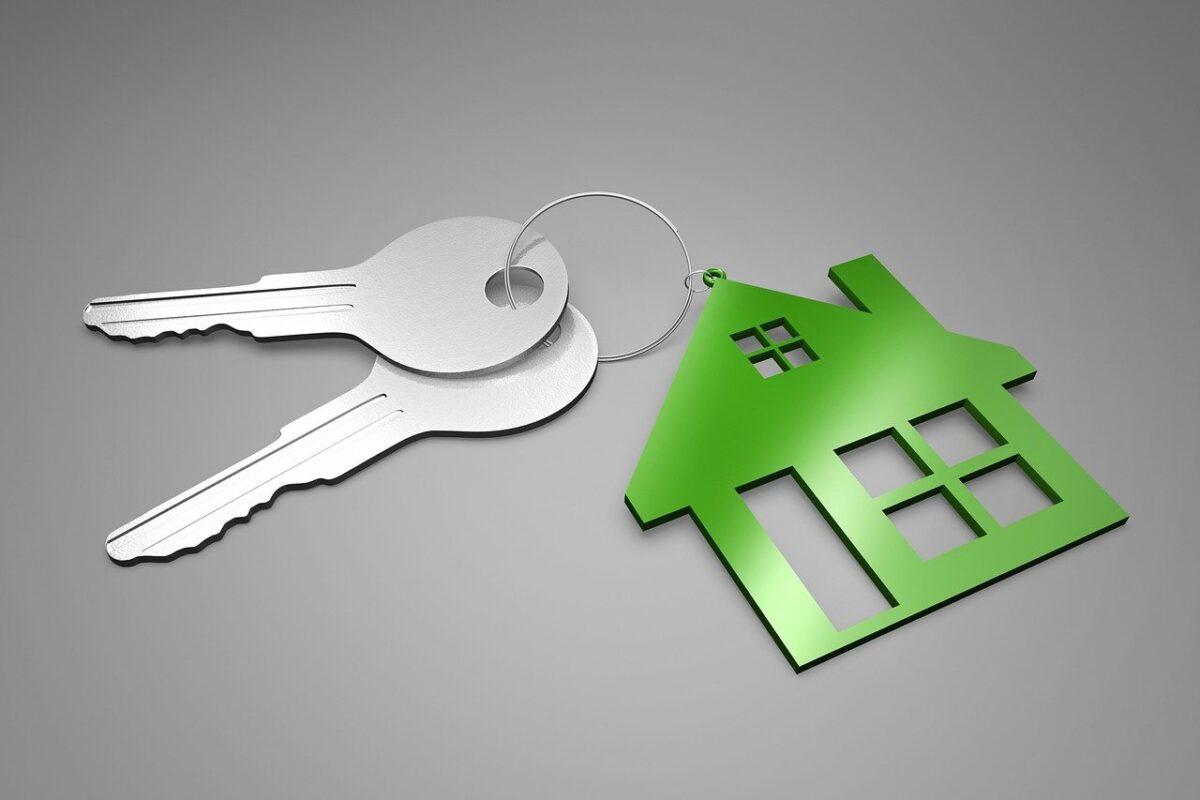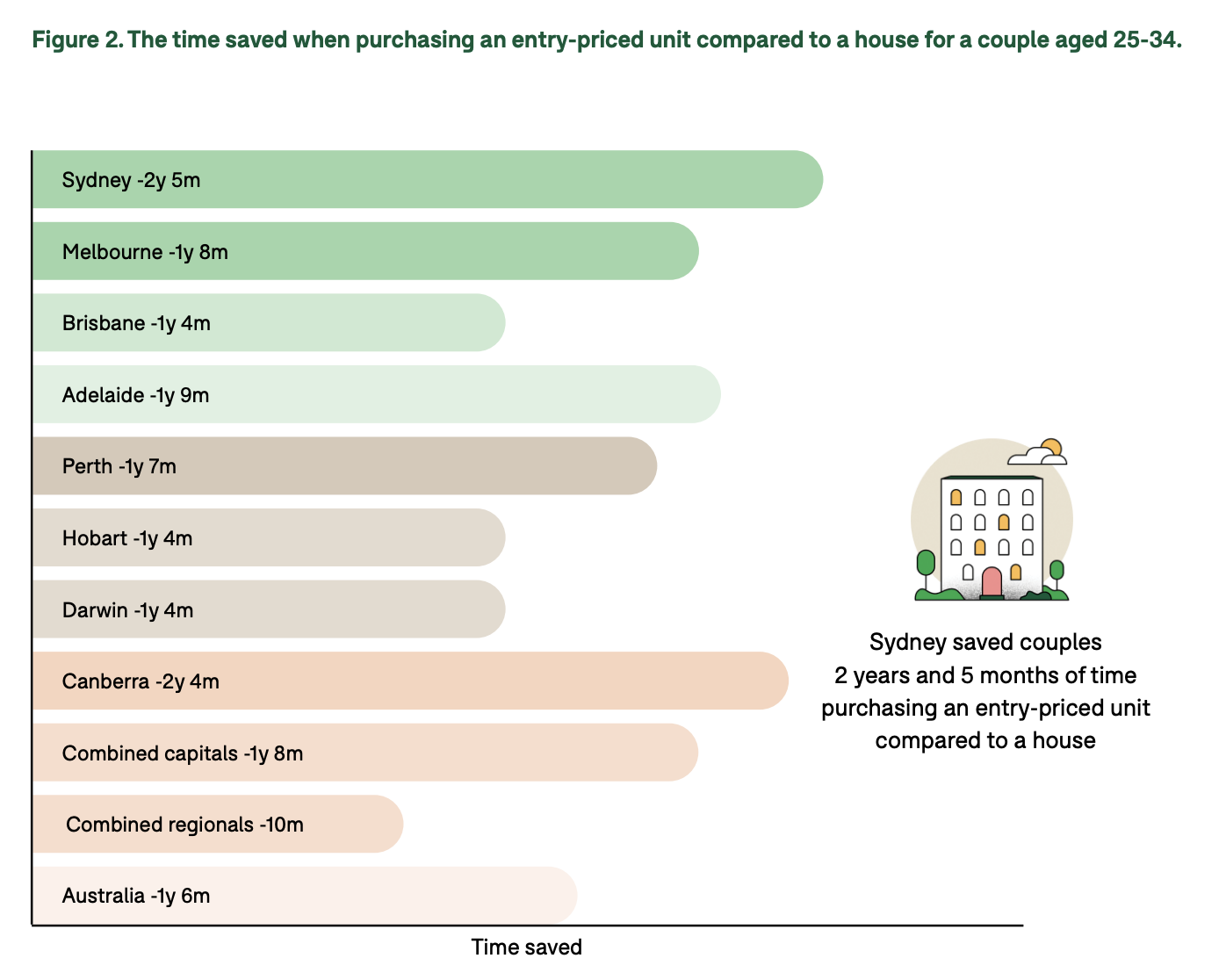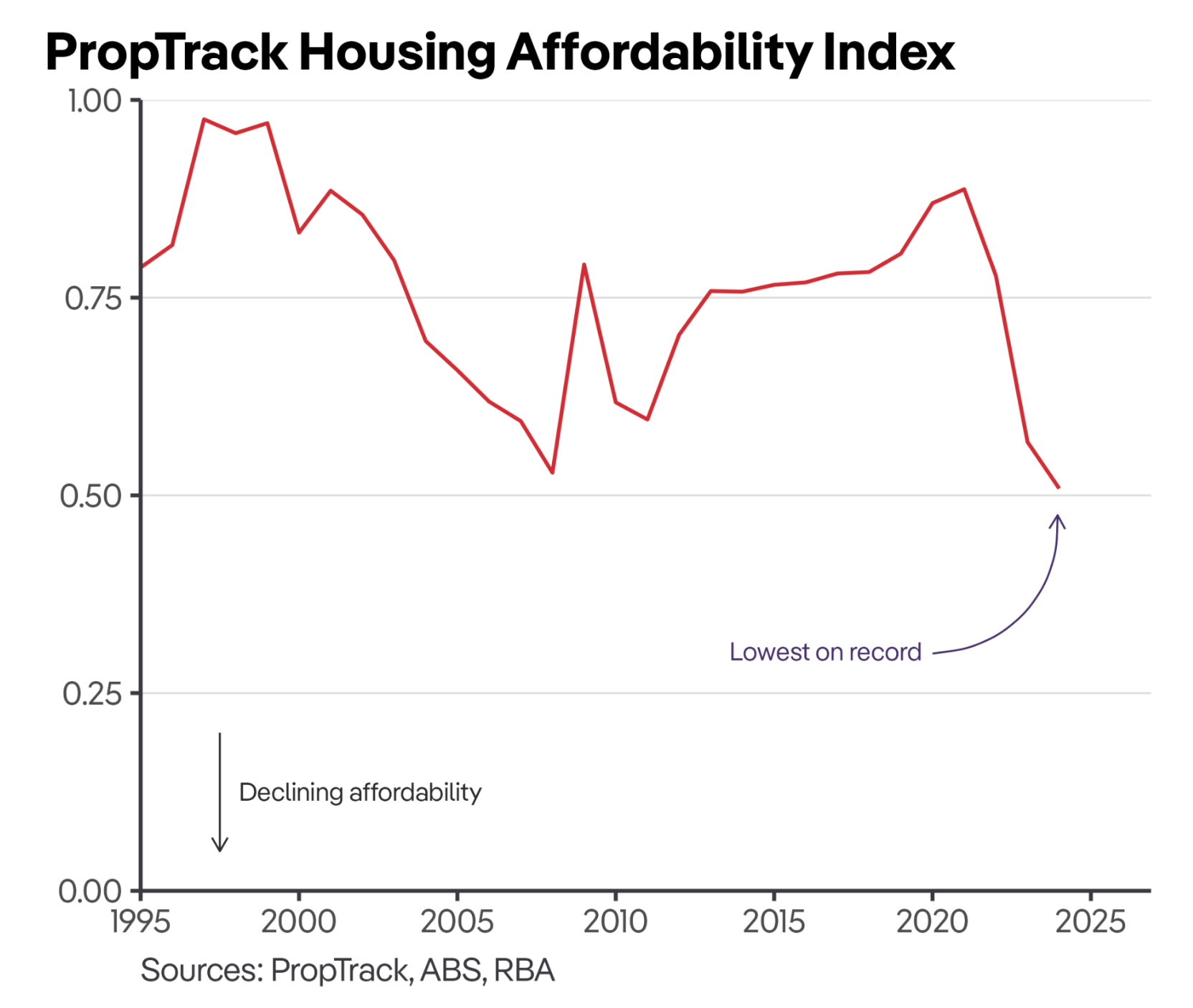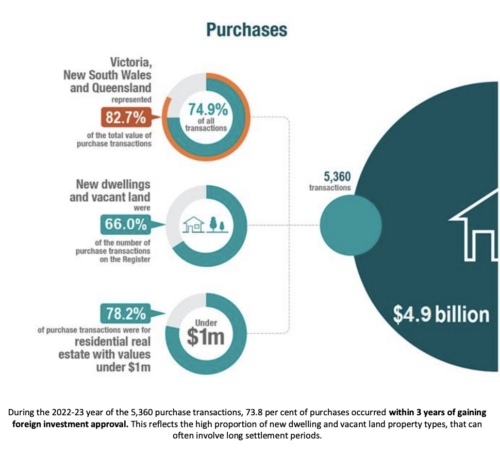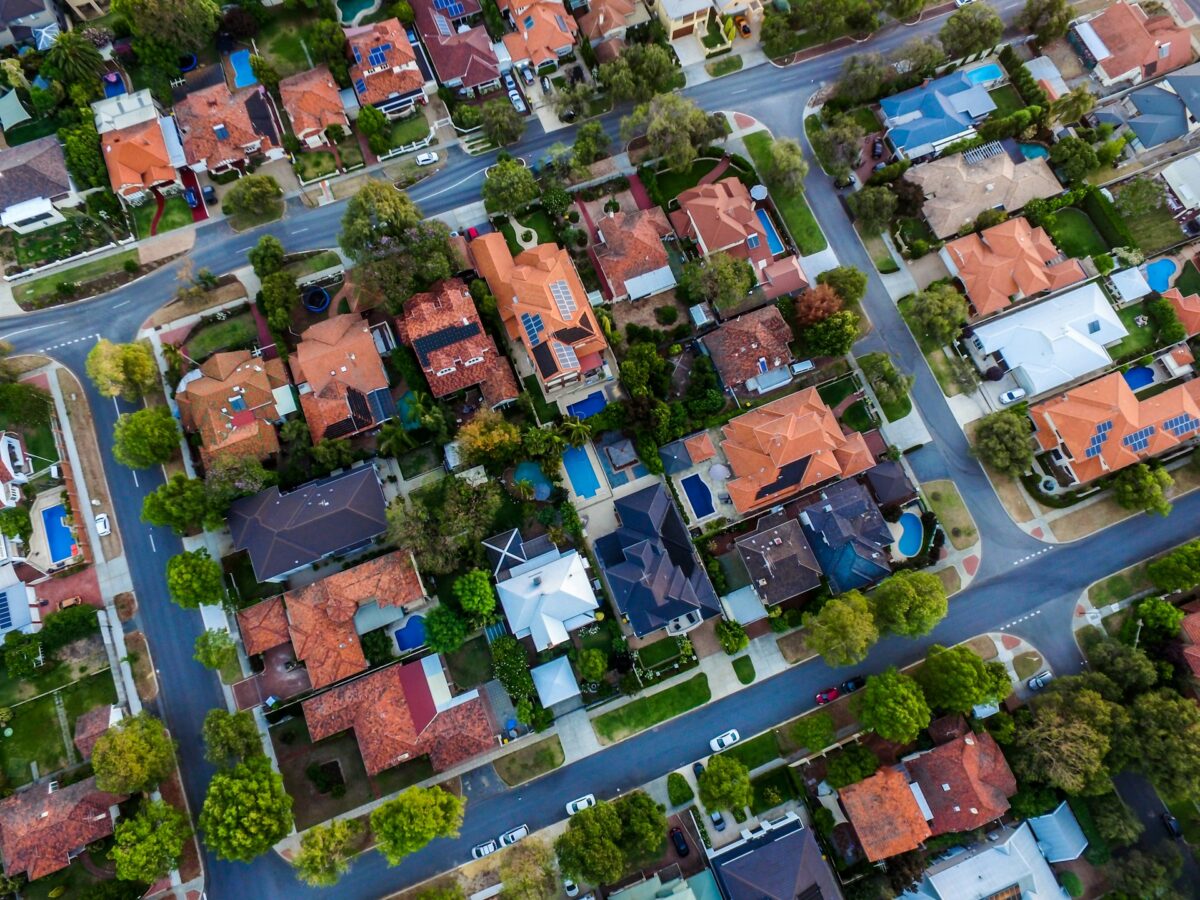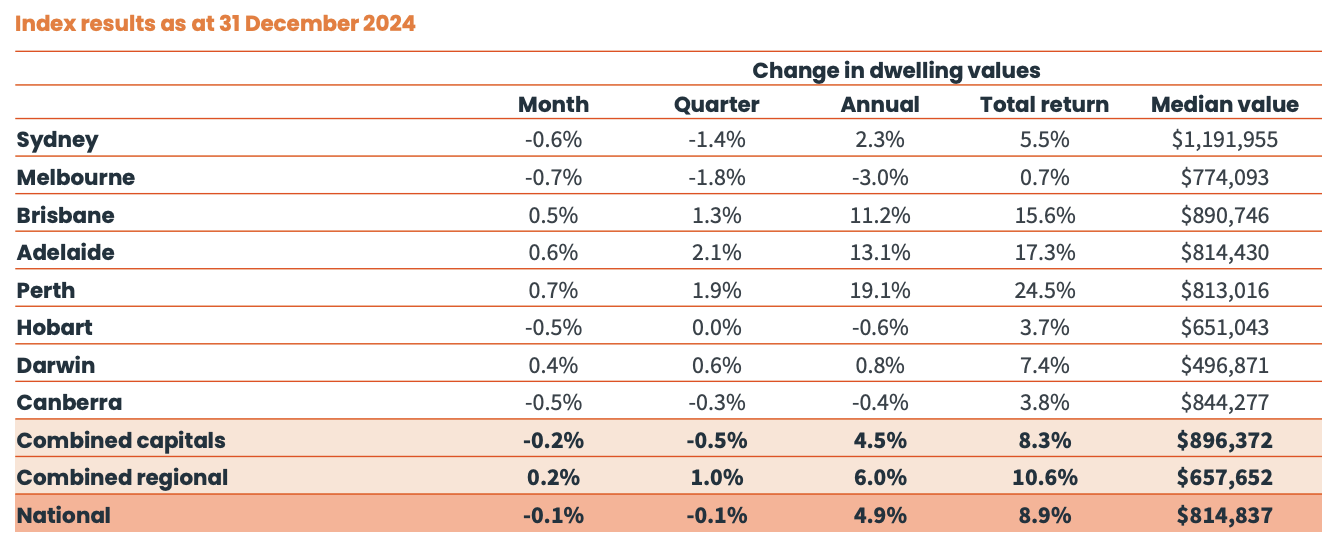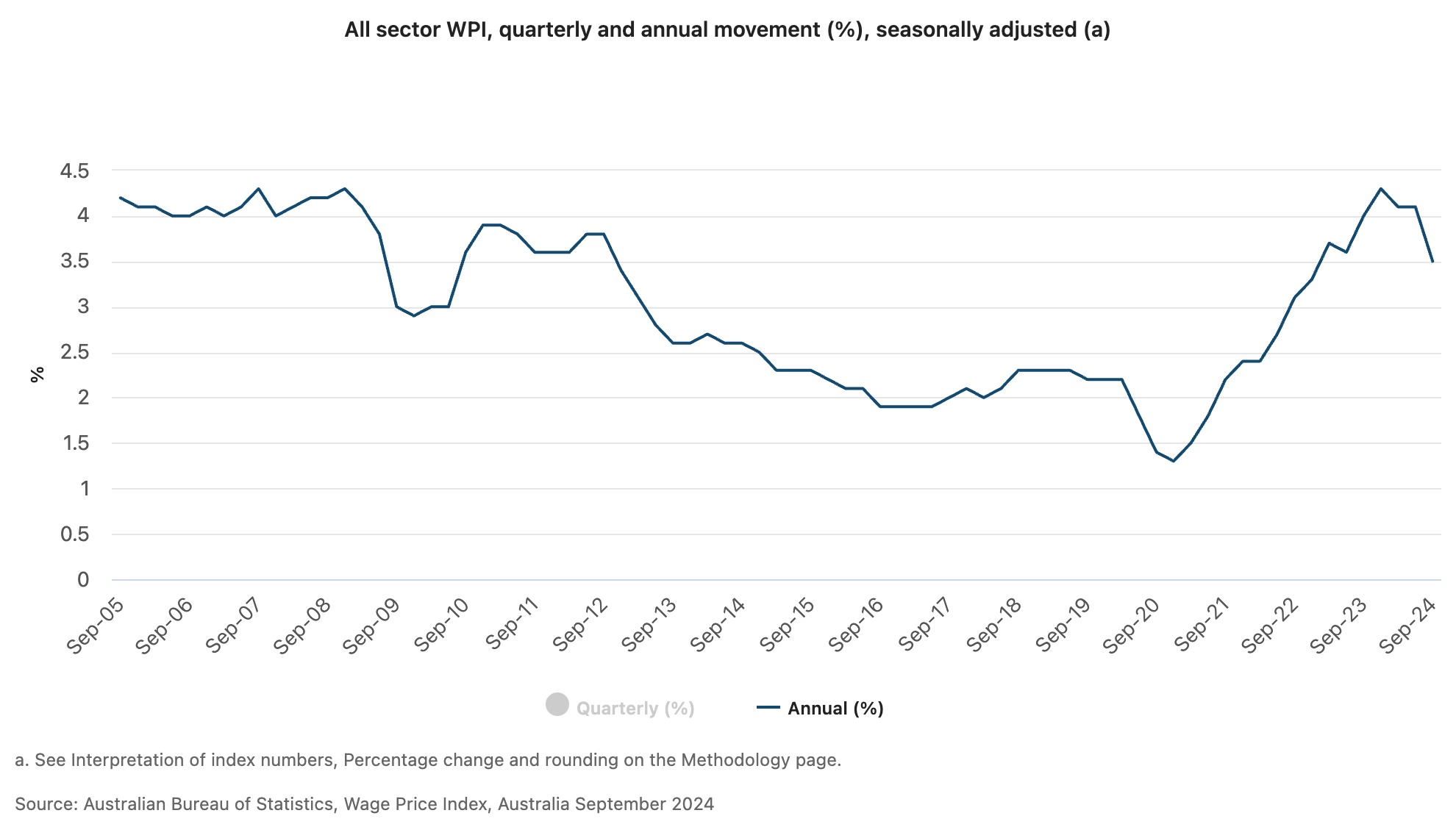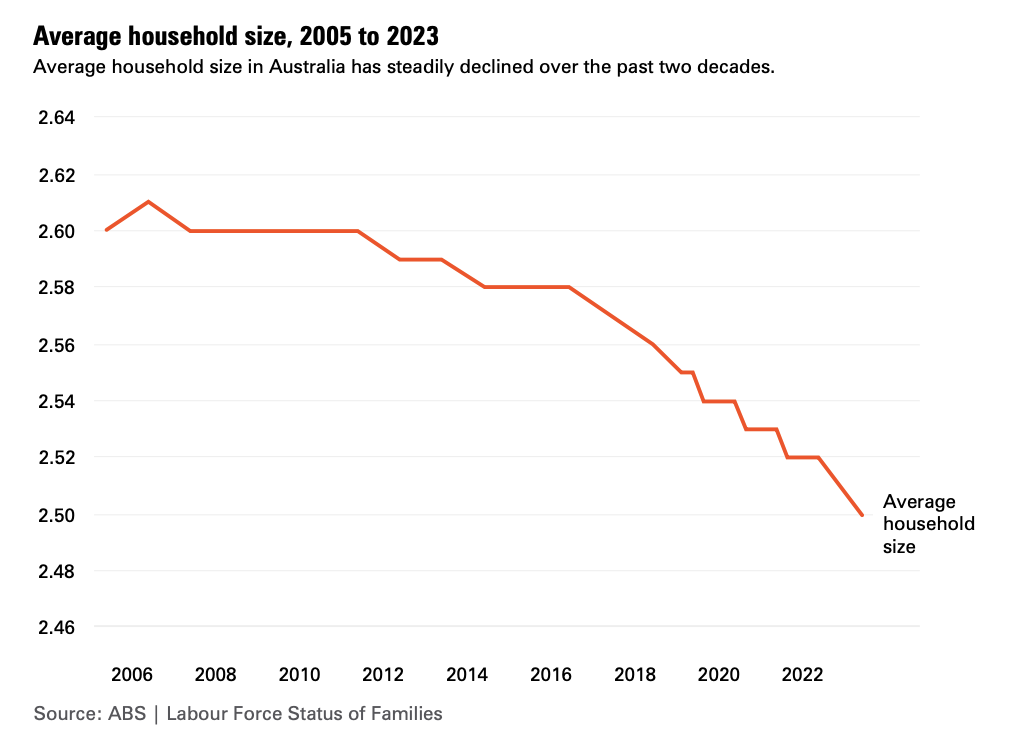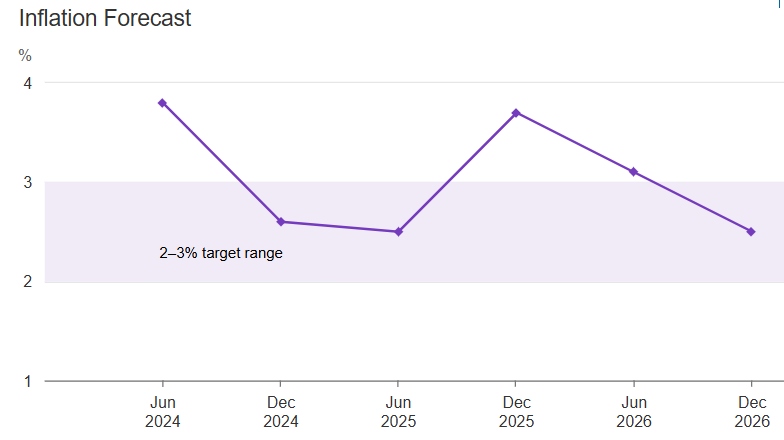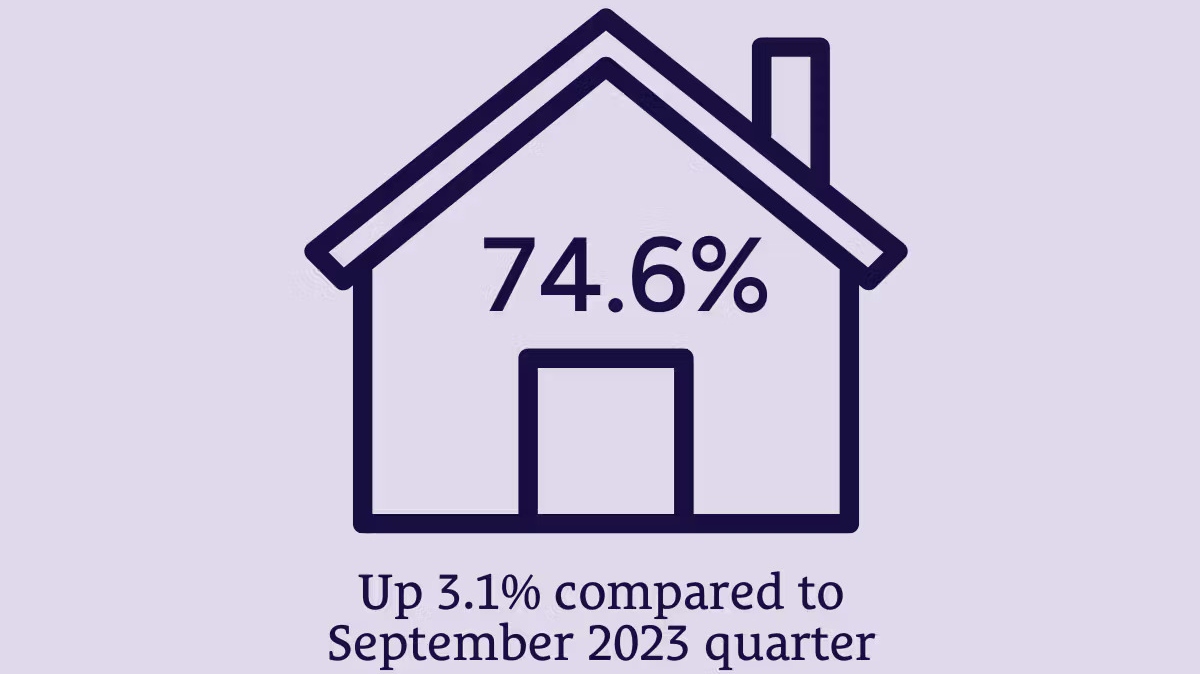Property price record + Rental growth slows + Wealth keeps rising
Australia’s median property price has climbed to a record $820,331, after rising 0.4% in March, according to Cotality (formerly CoreLogic).
“Improved sentiment following the February rate cut is likely the biggest driver of the turnaround in values, along with the cut’s direct influence of a slight improvement in borrowing capacity and mortgage serviceability,” said research director Tim Lawless.
“With the rate-cutting cycle expected to be drawn out, it will be interesting to see if this positive inflection in values can last in the face of affordability constraints.”
The national median price previously peaked in November 2024, after climbing for 22 consecutive months. It then fell slightly, but has now increased 0.7% over the past quarter.
Australia’s median price has jumped 68.3% over the past decade.

Rents hit record highs, but pace of growth slowing
The latest Domain data has painted a mixed picture of the rental market.
On the one hand, house rents (see graph) and unit rents ended the March quarter at record levels in every capital city. On the other hand, the pace of rental growth has slowed to a four-year low.
“Despite a softening of growth, the data suggests Australia is still very much a landlord’s market,” said Domain’s chief of research and economics, Nicola Powell.
“Most cities experienced 5% or less annual change, a sharp drop from the double-digit gains seen in recent years. Increasing supply is slowing price growth, and while it’s still not enough to fully meet demand – we can see that it’s helping to rebalance some of the tightest rental markets.
“The affordability ceiling is also becoming increasingly apparent, with unit rents outpacing house rents in Sydney, Melbourne, Brisbane, Canberra and Hobart this quarter.”
Besides affordability pressures, the slowdown in rental growth is being driven by an increase in the number of investors in the market (leading to an increase in the supply of rental properties) and a reduction in population growth (leading to a decrease in demand for those properties).
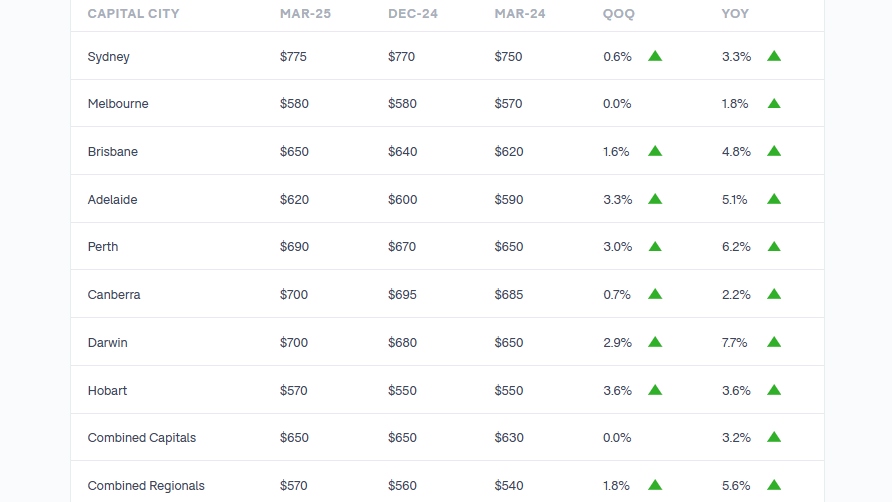
Wealth keeps rising
The average Australian was worth a record $618,000 at the end of 2024, based on the most recent wealth and population data from the Australian Bureau of Statistics.
The country’s net household wealth is calculated by adding up all our households assets (such as properties) and subtracting all our liabilities (such as home loans). You then divide that figure by the number of people to work out the net wealth of the average person.
A quarter of a century ago, the average Australian was worth $138,000. Since then, our net wealth has more than quadrupled due, in part, to an increase in property prices, the stock market and wages.
